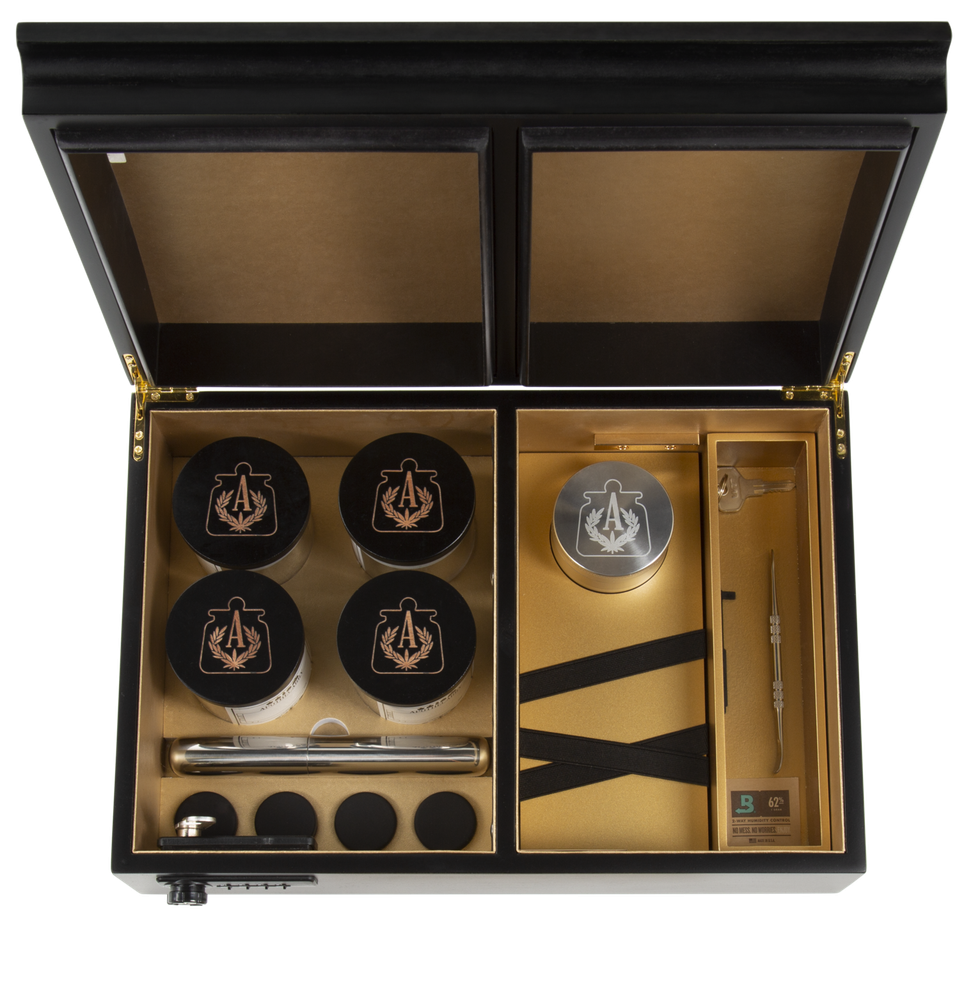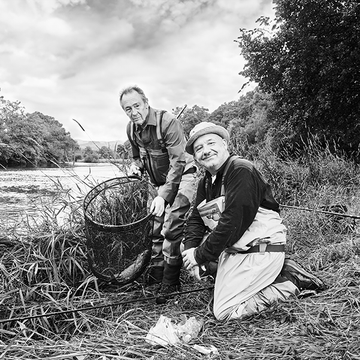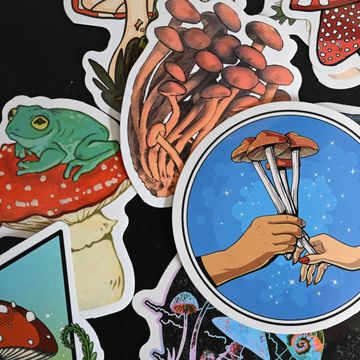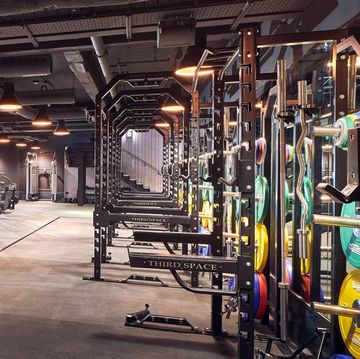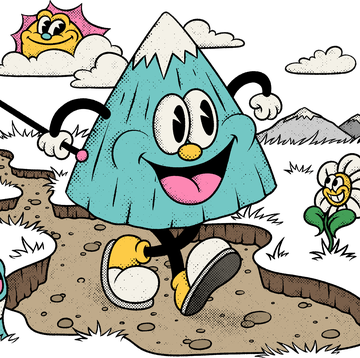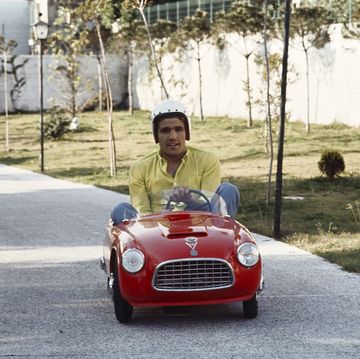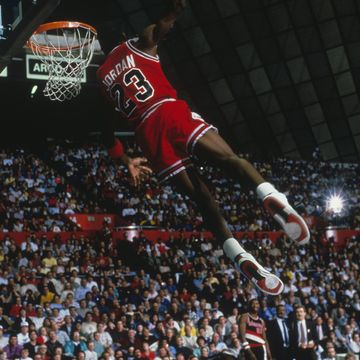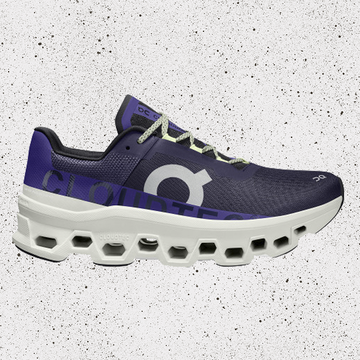The bad news, if you are reading this and have already participated in today’s activities, is you may need to sit this round out. The good news is that if you have a plan, cannabis can actually be highly beneficial to your workout. That is, if you already have an idea how you want to improve.
Though the conversation around marijuana use is constantly shifting, the primary focus has been on the drug’s medicinal properties, many of which have been used during treatment for everything from cancer to Alzheimer’s. But what has remained largely undiscussed is the plant’s potential to aid in athletic performance. The stigma around marijuana typically evokes the image of the lazy stoner, but San Francisco-based DIAKADI trainer Zach Scioli has a different vision for his clients.
Scioli, who considers over 483 components and a spectrum of strains, explained the place cannabis has in the fitness world, the ways professional athletes can benefit from cannabis, and how you can leverage those munchies for the greater good.
It’s all about finding the right strain.
Just buying any old weed isn’t good enough. That’s like going to the pharmacy with a headache and saying, "I’ll take whatever you got back there." Think of the areas of your workout that need improvement.
Understanding your strain is key. Most can be placed in two categories: sativas and indicas. Sativas tend to produce the stimulating effect most people associate with marijuana. Indicas provide the other side, which is more calming. "When I use sativa strains, it’s too much for me. I’m hyper-accelerated," says Scioli. "Indica strains, specifically of Afghani origins, tend to be extremely mentally therapeutic and beneficial."
What that comes down to is: What am I missing in my workout? If it's a lack of motivation once you get in the gym, a sativa may provide that extra boost. If it's winding down at the end of the night, then an indica may help you get that needed sleep to really put you in a good place, both for muscle recovery and for tomorrow's session.
"I have coached clients who’ve struggled with ADD/ADHD. They might be prescribed a Vyvanse or a Ritalin or some sort of pharmaceutical stimulant they were on for years and years," says Scioli. "I've used sativas to coach them off those pharmaceutical drugs to the point where they use cannabis extracts infrequently than regularly depending on a pharmaceutical."
Cannabidiols can reduce soreness between workouts.
While the World Anti-Doping Agency (WADA) makes it very clear that marijuana in its natural and synthetic states is banned in-performance, it has come around to cannabidiol (CBD), the substance responsible for so many of its medicinal benefits. That’s a new change for 2018’s banned substances. “CBD is sold over the counter because it’s not psychoactive,” Scioli says. “CBD being fully legal has the vast majority of benefits for an athlete. In terms of [treating] inflammation, stress reduction, and endocrine harmonizing benefits, just using CBD would be a great option at a far less risk.”
And CBD's benefits are helpful for the average person's workout, too. The natural inflammation that happens in the body after a workout can be difficult to overcome. The use of CBD—which is available in topical creams, capsules, sprays, and more—can help curb increased stiffness and soreness following workouts, allowing for greater flexibility and prime condition the next day.
But be warned, if you use recreational THC (the component in cannabis that gets you high), it can affect you for up to 36 hours. That can run into training programs and affect performance. Even if it weren’t banned, outside of its ability to relieve anxiety and help certain athletes get in “the zone,” THC won't do you a lot of favors.
[asset removed due to syndication rights]The munchies can be your friend.
Looking to bulk up but not much of an eater? Well, buckle up.
“We all know that guy or individual that wants to put on some muscle mass," says Scioli. "Appetite suppression isn’t what they’re going for for weight loss. Actually they need to eat a little bit more. We have some research as well to suggest that THC, unlike CBD, by stimulating your appetite could be a strategy for them to get enough calories for workouts and keep progressing as well."
Cannabis can help you recover from injuries.
Injuries happen, and if you're not considering recovery as part of the workout, then you have to start now. Some studies have shown THC extracts can be as effective as opiates in treating pain, but much less addictive. If the opioid approach is (understandably) daunting, marijuana could be a reasonable alternative.
"An athlete getting injured may acutely after a surgery use prescription painkillers," says Scioli, who suffered a slipped disc a few years back. "But considering THC extracts for pain mediation [during the recovery process] is a cautious way as an athlete to treat your pain."
If nothing else, a night of shots is going to hurt you a lot more than a few hits on a joint.
Taking out the entire discussion about the addictive qualities of alcohol versus marijuana, dealing with a hangover at the gym is a lot more daunting than the alternative. Scioli adds, “Instead of an athlete going out for a night of shots and drinks, using cannabis as an alternative, getting some good sleep, and showing up for practice the next day I think will slowly become a more accepted alternative.”
For now, marijuana is still illegal in most of the country and on a federal level. Until then, the benefits of THC and CBD use remain contained to those pockets of the world where weed and working out most easily overlap. But Scioli remains hopeful. “Understanding its use as an athlete will be huge," he says. "With increasing national adherence to legalization, I think we’ll overwhelmingly see an increase in its use, especially around athletic performance.”

